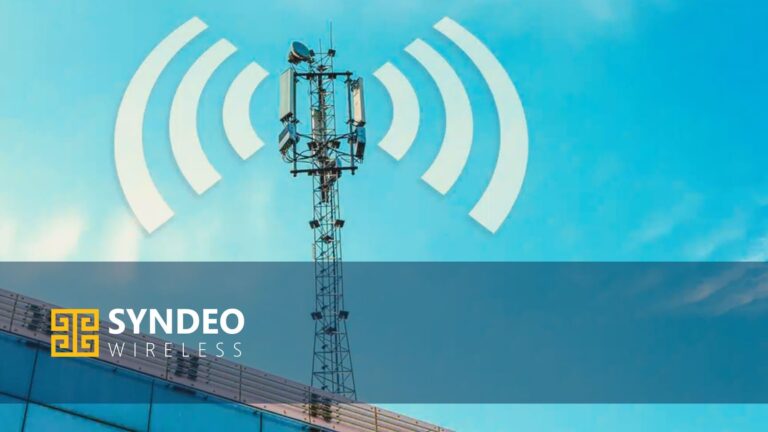Why Most Buildings Needs Carrier-Grade Connectivity—and a Smarter Way to Pay for It
As demand for seamless, high-performance wireless connectivity becomes standard across virtually every type of building—residential, commercial, hospitality, and institutional—the question property developers and owners must now answer isn’t “Should we upgrade our connectivity?” but rather “Which technology—and which model—will best serve our property long-term?”
Distributed Antenna Systems (DAS), small cells, and Wi-Fi each offer unique capabilities depending on your property’s size, usage, and goals. But increasingly, the conversation is shifting beyond technology type to delivery model—and how to get all the benefits of carrier-grade connectivity without the typical CapEx burden.
The Technologies: A Quick Breakdown
Wi-Fi
Ideal for resident/guest access and internal internet use, Wi-Fi is cost-effective, easy to deploy, and well-suited for private networks. But it falls short on signal penetration, mobile roaming, and public safety compliance.
Small Cells
Compact, carrier-supported, and built for dense environments, small cells offer high-speed mobile data and are great for retail, stadiums, and public venues. However, they often require direct coordination with each carrier and don’t scale as easily across multi-floor or multi-use buildings.
Distributed Antenna Systems (DAS)
DAS is the gold standard for large or complex buildings. It supports multiple carriers simultaneously and ensures uniform signal across every square foot—including basements, stairwells, and elevators. It’s also the go-to solution for meeting ERRCS/BDA code compliance.
The Bigger Question: How Will You Pay for It?
Traditionally, implementing DAS or small cell infrastructure meant large capital expenditures (often into the millions), long timelines, and complex carrier negotiations. These projects frequently become delayed by budget limitations, integration headaches, and uncertain carrier engagement—leading to late occupancy, tenant complaints, and failed safety inspections.
But a new model is changing that: Connectivity-as-a-Service (CaaS).
CaaS: No CapEx, No Compromise
Carrier-grade wireless infrastructure, delivered as a fully managed service. That’s the promise of CaaS. Instead of purchasing, deploying, and maintaining the system yourself, everything is provided as a service—with zero upfront capital cost.
With a CaaS model, property owners receive:
- End-to-end wireless design, engineering, and deployment
- Multi-carrier DAS (AT&T, Verizon, T-Mobile, etc.) live from day one
- Ongoing system monitoring, upgrades, and support
- ERRCS and public safety compliance baked in
And most importantly: no CapEx line item. Just a predictable monthly OpEx that scales with your property’s needs.
Why CaaS Makes Sense Now
CaaS isn’t just a more affordable model—it’s a smarter one. It accelerates timelines, reduces complexity, and ensures you’re always operating on current standards. Instead of facing infrastructure obsolescence in 5 years, your building is constantly optimized behind the scenes.
- For developers, it means faster occupancy and fewer delays.
- For property managers, it means less maintenance, more control.
- For tenants and guests, it means flawless connectivity everywhere they go.
Which One’s Right for You?
Here’s a simple framework:
- Use Wi-Fi for guest access, IoT support, and tenant services—but not as your backbone.
- Use Small Cells for targeted performance in high-traffic zones and dense environments.
- Use DAS for multi-carrier, large-scale indoor mobile coverage—and now, consider using CaaS to deploy it faster, more affordably, and with less risk.
At SYNDEO Wireless, we will work closely with the customer to find solutions to their wireless connectivity.
Final Word: Connectivity Is Infrastructure
Whether you’re designing a luxury residential tower, retrofitting a historic hotel, or developing a multi-building smart campus, connectivity is now just as foundational as water and electricity. It powers everything—from digital tenant experiences to mission-critical safety systems.
The right wireless system, delivered through the right model, isn’t just an investment in performance—it’s an investment in value, retention, and future readiness.
Choose wisely. Build smarter. And don’t settle for dead zones in a world that demands full bars.
What are your thoughts? Would love to hear your comments.




